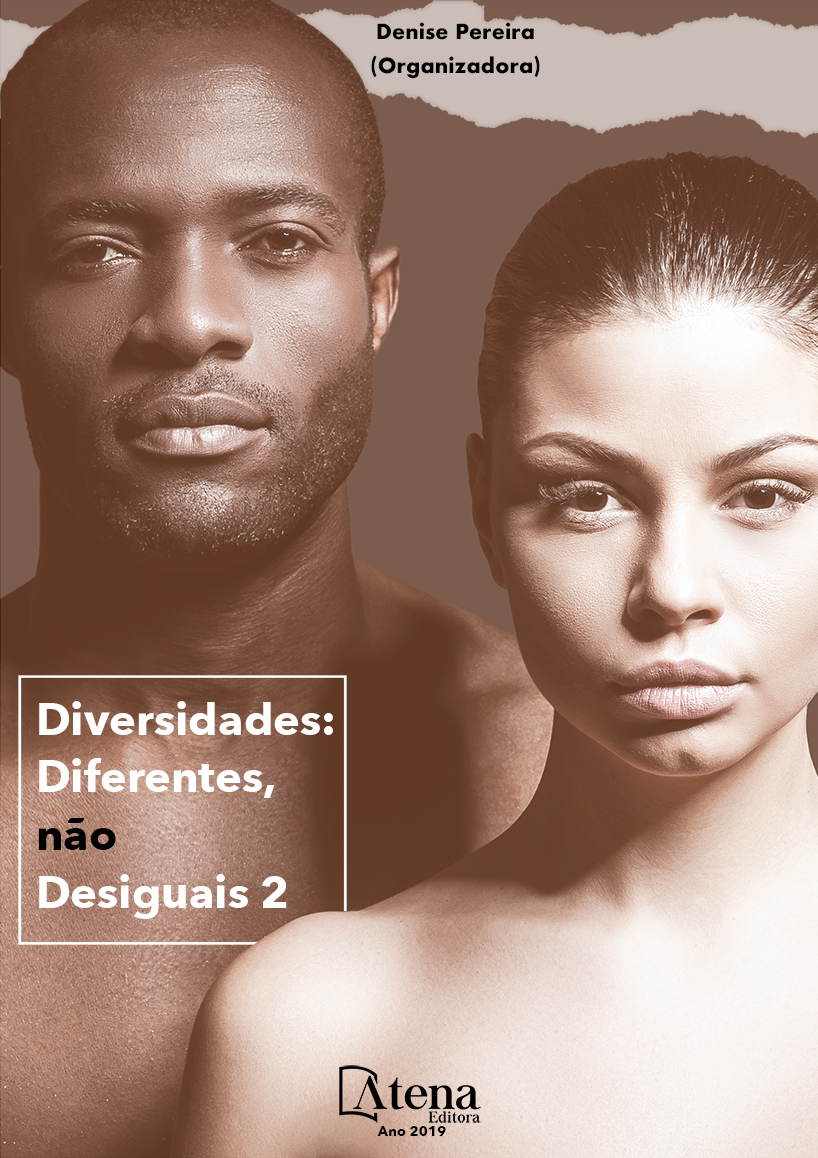
A interface do semblante e da pulsão escópica através do relance dos rapazes alegres em Queer Eye
Os reality shows se firmam,
dentre as diversas produções televisivas da
contemporaneidade, como uma mídia que
continua a inovar, ao explorar os limites das
suas referências sociológicas, narrativas
e comunicacionais, ao passo que também
recupera modelos de sua breve história
enquanto gênero de programa televisivo para
usá-los como estratégia de audiência ou como
resposta à emergência de alguma temática
abordada em suas versões anteriores. Este
estudo propõe refletir, junto aos episódios da
primeira temporada de Queer Eye (2018),
sobre como se organiza o centralismo do olhar
lançado aos corpos em cena e em como a
retomada da mesma técnica do relance gay
para aprimoramento do visual heterossexual,
inaugurada em Queer Eye for the Straight Guy
(2003-2007), estaciona o semblante em uma
posição de diálogo com a cultura imagéticoestético-visual que, tão atual, revalida a
persistência do corpo enquanto objeto de
inscrições multilaterais não apenas pelas óticas
que se dedicam a teorizá-lo, mas, sobretudo,
pelo olhar mesmo do outro. Partindo de Lacan
(1988, 1990) com o trompe-l’oeil (tapeaçãodo-olho), o dompte-regard (doma-olhar) e
a televisão, logo se vem pensar acerca da
desmaterialização da imagem na cultura
conforme Mitchell (2002) e do voyeurismo
escópico cotidiano apontado por Žižek (1989,
2004, 2010) como aquele indissociável deste
mundo líquido, fílmico e hipervirtual vigente por
meio das aparências. O debate almeja indagar
até que ponto se situaria uma ordem regulatória
sobre os modos de aparentar-se/de parecer
ser entre a comodificação dos Fab Five e a
interpelação das suas sexualidades para além
do visível neste show da realidade.
A interface do semblante e da pulsão escópica através do relance dos rapazes alegres em Queer Eye
-
DOI: 10.22533/at.ed.91919050212
-
Palavras-chave: Reality show. Crítica psicanalítica. Corpos comodificados. Olhar midiático. Queer Eye.
-
Keywords: Reality show. Psychoanalytical critique. Commodified bodies. Mediatic gaze. Queer eye.
-
Abstract:
The reality shows are among
the television productions of contemporary
times as a media that continues to innovate,
exploring the limits of its sociological, narrative
and communicational references, while also
retrieves models from its brief history as a genre
of television program to use them as ratings
strategy or as a response to the emergence
of some themes addressed in their previous
versions. This essay proposes to reflect, along
with the episodes of the first season of Queer Eye (2018), on how the centralism of the
gaze is organized when glances at the bodies in scene and how the reboot of the same
technique of the queer eye to improve the heterosexual look, launched by Queer Eye
For The Straight Guy (2003-2007), parares the semblant in a position of dialogue with
the imagery-aesthetic-visual cultural that, so current, proceeds the persistence of the
body as an object of multilateral inscriptions not only by theory, but, specially, by the
very gaze of the other. Starting from Lacan (1988, 2010) with the concepts of trompel’oeil (delusional-eye), of dompte-regard (tamed-looking) and of television, we soon
come to think about the dematerializion of image in culture as Mitchell (2002) and the
daily scopic voyeurism pointed out by Žižek (1989, 2004, 2010) as the indissociable
one of this liquid, filmic and hypervirtual world so effective under appearances. The
debate aims to ask how far a regulatory order on the ways of looking like/seeming to
be takes place between the Fab Five’s commodification and the interpellation of their
sexualities beyond what is visible in this show of reality
-
Número de páginas: 15
- Eider Madeiros
- Hermano de França Rodrigues


